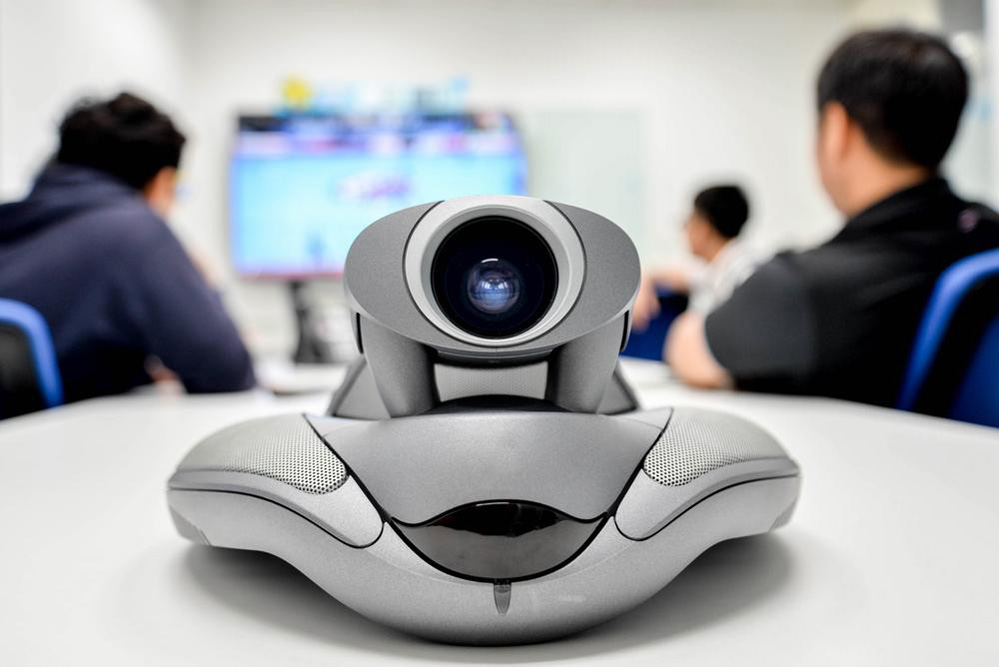How to choose the best video conferencing system for your organisation

Buying a video conferencing system can save your time, money, and help your business grow without any communication barriers. With business traveling being a common phenomenon for large companies, it can be difficult to keep track of meetings. Not to mention, it can get expensive too. This is where using video conferencing software and systems for your organisation comes into play. A video conferencing system lets you share notes, collaborate with others, and do much more. It can be confusing to buy a system as there are so many options available, both hardware and software. Here’s how you choose the best video conferencing system for your organisation.
Number of attendees
Having a limit on the number of attendees per session can be beneficial as it can block unwanted individuals. Features you need to look into include blocking out latecomers or individuals who disrupt the online meeting. This can help you save time and reduce the hassle of having someone join very last minute. Conversely, a limited number of attendees may create problems if you need to add more. Make sure the devices you buy are an appropriate size for the business.
Ease Of Use
Ease of Use is an important factor when choosing the right video conferencing system. You need to check whether the system requires your employees or customers to download any additional software in order to be able to run the video conference on their systems. Interactivity is important and goes hand-in-hand with an enterprise video conferencing system. See if the UI is easy to navigate and to use for employees and you as well.
Features
Additional features you need to look out for is the type of meetings you can hold with the enterprise video conferencing system. There’s lecture-type meetings where you can talk online and mute other user’s voice input in order to avoid disruptions. Some software allow you to disable other user’s webcam and any background noises being generated from other users’ PC.
Locking others into a waiting room before the meeting, or adding session breakouts are also handy features to add. General things which you should look out for include the addition of VOIP dial-up services for both local and international numbers. You want to be able to share files, media, and using whiteboard software to carry out demonstrations. Enabling third parties to take control remotely lets them collaborate. Assess how many video feeds you will need in a conference. Is the conference is recordable or not? This can be an excellent feature to have to record sessions for later viewing as webinars by those who missed out.
Security is also a concern, so make sure the system enables a password or code to be able to login or attend private meetings. This can help you protect confidential meetings and prevent information leaks.



